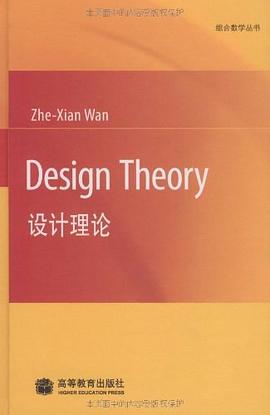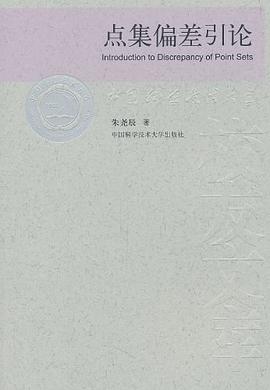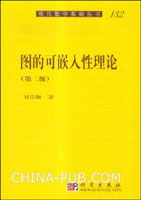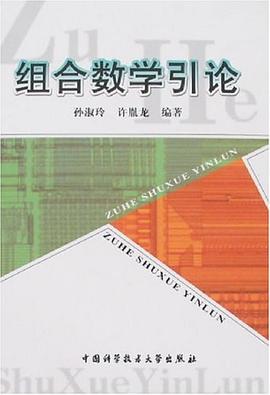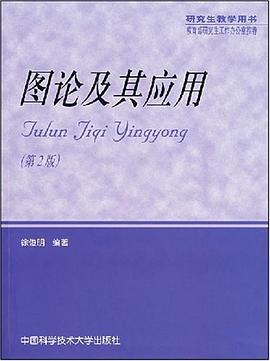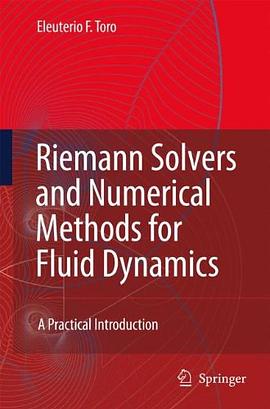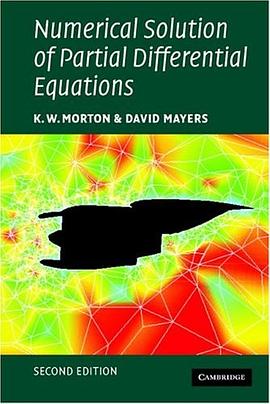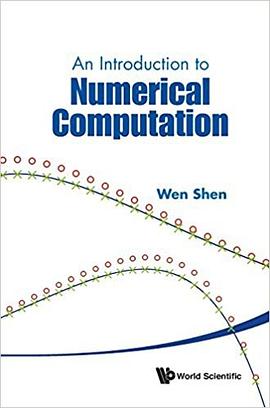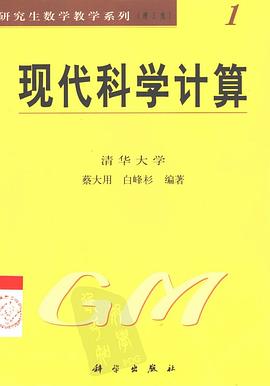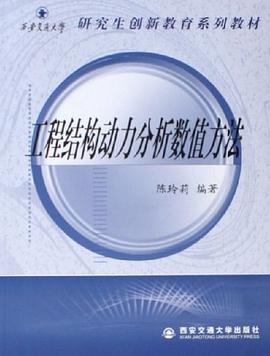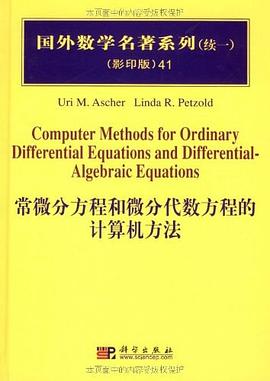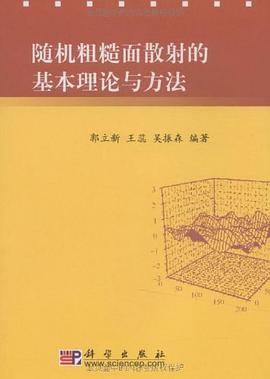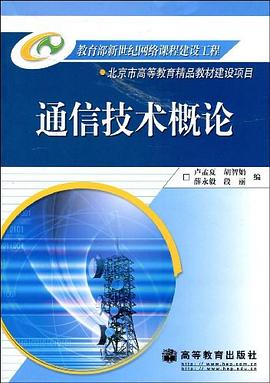Preface1.BIBDs 1.1 Definition and Fundamental Properties of BIBDs 1.2 Isomorphisms and Automorphisms 1.3 Constructions of New BIBDs from Old Ones 1.4 Exercises2.Symmetric BIBDs 2.1 Definition and Fundamental Properties 2.2 Bruck-Ryser-Chowla Theorem 2.3 Finite Projective Planes as Symmetric BIBDs 2.4 Difference Sets and Symmetric BIBDs 2.5 Hadamard Matrices and Symmetric BIBDs 2.6 Derived and Residual BIBDs 2.7 Exercises3.Resolvable BIBDs 3.1 Definitions and Examples 3.2 Finite Affine Planes 3.3 Properties of Resolvable BIBDs 3.4 Exercises4.Orthogonal Latin Squares 4.1 Orthogonal Latin Squares 4.2 Mutually Orthogonal Latin Squares 4.3 Singular Direct Product of Latin Squares 4.4 Sum Composition of Latin Squares 4.5 Orthogonal Arrays 4.6 Transversal Designs 4.7 Exercises5.Pairwise Balanced Designs;Group Divisible Designs 5.1 Pairwise Balanced Designs 5.2 Group Divisible Designs 5.3 Closedness of Some Sets of Positive Integers 5.4 Exercises6.Construction of Some Families of BIBDs 6.1 Steiner Triple Systems 6.2 Cyclic Steiner Triple Systems 6.3 Kirkman Triple Systems 6.4 Triple Systems 6.5 Biplanes 6.6 Exercises7.t-Designs 7.1 Definition and Fundamental Properties of t-Designs 7.2 Restriction and Extension 7.3 Extendable SBIBDs and Hadamard 3-Designs 7.4 Finite Inversive Planes 7.5 Exercises8.Steiner Systems 8.1 Steiner Systems 8.2 Some Designs from Hadamard 2-Designs and 3-Designs 8.3 Steiner Systems S(4;11,5) and S(5;12,6) 8.4 Binary Codes 8.5 Binary Golay Codes and Steiner Systems S(4;23,7) and S(5;24,8) 8.6 Exercises9.Association Schemes and PBIBDs 9.1 Association Schemes 9.2 PBIBDs 9.3 Association Schemes (Continued) 9.4 ExercisesReferences
· · · · · · (
收起)
